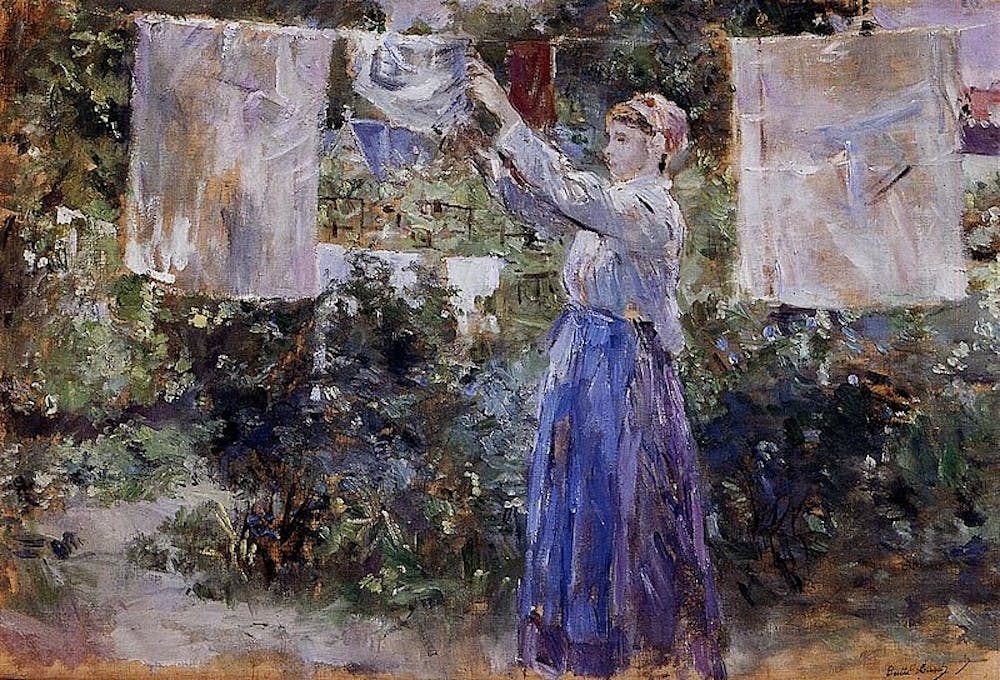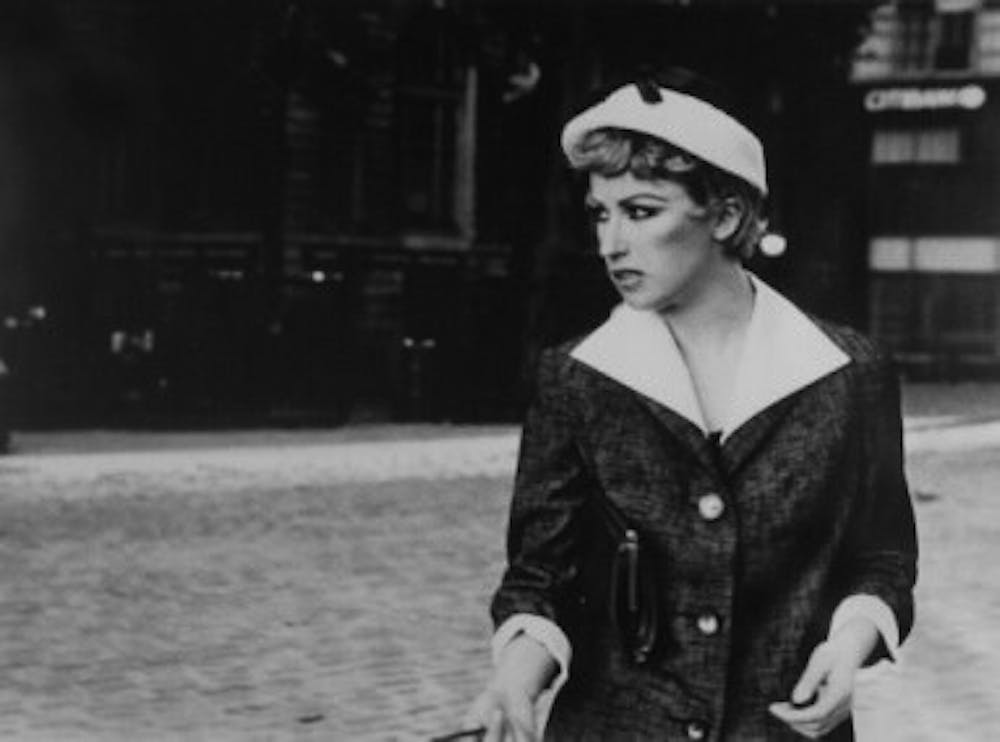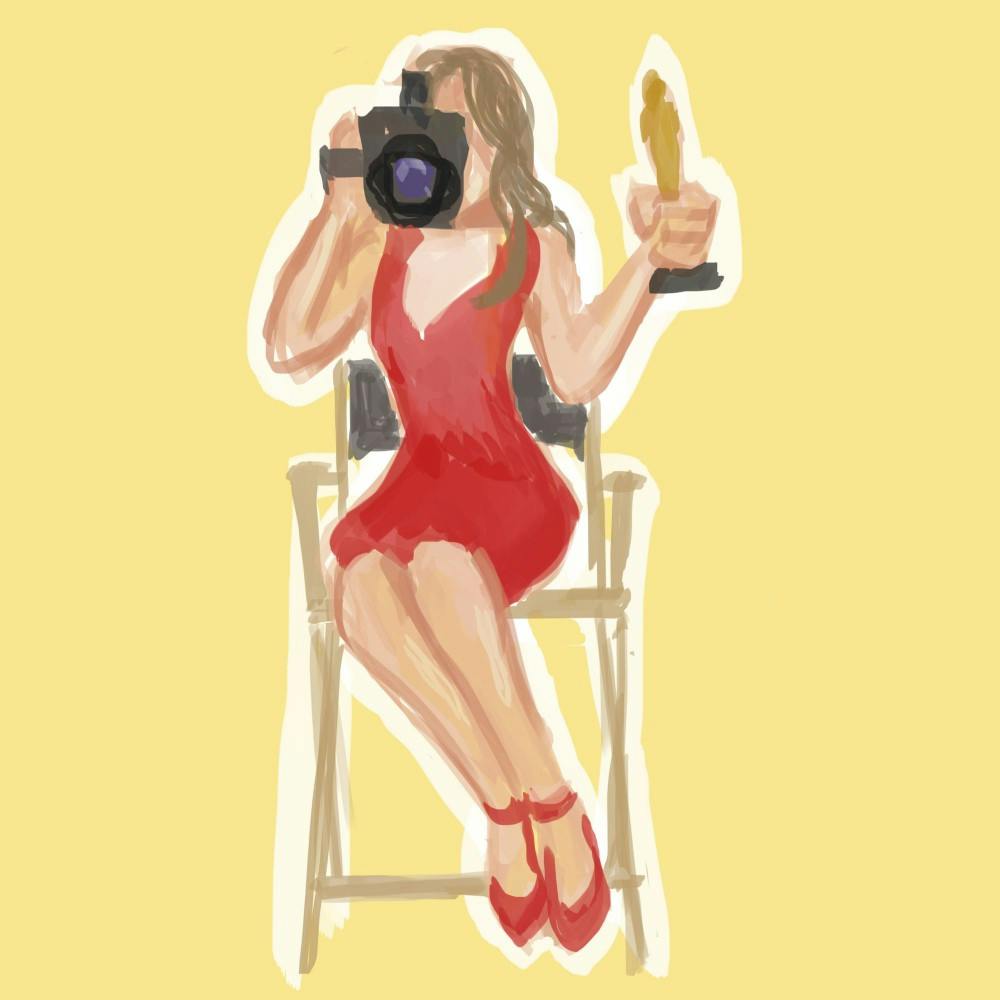Far too often, overviews of art history focus on male artists. This is not to say that those artists aren’t deserving; they are. But despite having the same level of influence, why are the female artists of these same time periods so often left overlooked?
One such artist is Artemisia Gentelleschi. Born in 1593, she was part of the generation of painters that followed the Baroque style of Caravaggio, an artist known for his intense use of chiaroscuro, which is the use of light and shadow to depict a three–dimensional form. Unlike the majority of women of her time, she had access to money and artistic education since her father, Orazio Gentileschi, was a wealthy painter. This paved the way for her own paintings, many of which were of Biblical scenes, including one of her most well–known pieces, Judith Slaying Holofernes.

Artemisia Gentileschi's Judith Slaying Holofernes // CCO
In the painting, Judith slices through the neck of the tyrant Holofernes, who was in a drunken sleep. The scene is a popular one within art history, often a representation of the Power of Women theme that rose in the medieval era. Caravaggio actually did a painting of the same scene 20 years earlier, drawing a number of comparisons between the two from generations of art historians. The conclusion? Gentileschi’s is the better of the two. Oddly enough, however, Gentileschi is one of the only notable artists to have painted this scene that is female.
Yet, her individual talent in this subject matter is evident. Though her use of chiaroscuro was obviously influenced by Caravaggio, her depiction of Judith is a woman of muscle and determination. In Caravaggio’s painting of the scene, Judith timidly cuts the neck of Holofernes at a distance, but with Gentileschi, Judith dives in, unafraid of the spraying blood and fighting power of Holofernes. It might be the more gruesome version, but it is also far more empowering.
Moving forward in time brings Berthe Morisot, who, along with Mary Cassatt and Marie Bracquemond, is one of les trois grandes dames of Impressionism. In similar circumstance to Gentileschi, Morisot came from a wealthy family, and thus had the privilege of receiving artistic education. Unlike Gentileschi, though, the focus of Morisot’s subject matter was far less graphic. Painting scenes from her everyday life, she focused on pastoral and domestic themes.

Berthe Morisot's Woman Hanging Out the Wash // CCO
Many of her paintings centered on her neighbors and family, particularly the relationship between mother and daughter. It’s an example of the way that Morisot avoided over–sexualizing the female body as many of her male counterparts did. Though she would paint nudes later in her career, the fact that she initially avoided them was an intentional act to show other aspects of femininity.
And today, there is contemporary artist Cindy Sherman, most known for her mock film stills. These stills were often self–portraits, where Sherman would depict herself in the role of the cliché femme fatale or damsel in distress of made–up Hollywood B–movies. In doing so, she criticized the media’s representation of women. Her photos often show private scenes at skewed angles, highlighting the creepy voyeurism of the male gaze.

Cindy Sherman's Untitled Film Still #23 // Viola Renate // CC BY 2.0
Her later work was even more aggressive, attempting to defetishize the female body by showing grotesque scenes of it. The series, referred to by most as the Vomit Pictures, can be a challenge to look at, but the message behind them is more important than the visual itself. Her creation of images so defiant of the media’s perception of feminine beauty and success in light of this shows the strength of her objection to the overt sexualization of the female body in the public eye.
These three women are only a handful among the sea of prominent female artists. But it’s not enough. It’s not enough that there are only three in this article, and it’s not enough that they’re all white. Times are changing and previously suppressed voices and visions are coming to light, but there’s always more to be done and more recognition that could be given.
At the heart of the matter is the fact that art is a form of expression, and it’s meant to exhibit diverse ideas, opinions, and points of view. So why then is art education so dominated by the white male artist? This article is merely a taste, the tip of the iceberg, not even substantial enough to be considered an introduction, of art beyond what has traditionally been taught. Go forth and discover all of the diverse artists of history that textbooks leave out—you never know how a new perspective may influence you.

